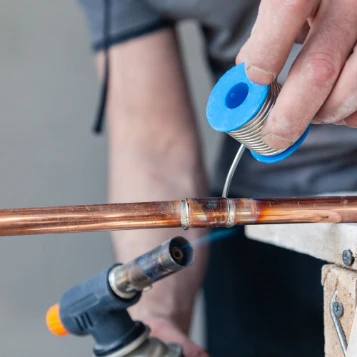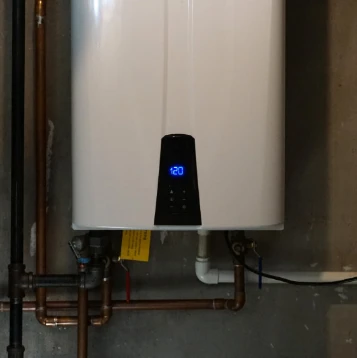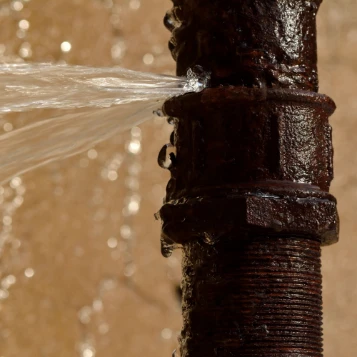Intelligent plumbing organization for a new home starts with careful planning. Consult North Fort Myers Plumbing to ensure a comprehensive plan that complies with local building codes.
Planning and implementing a custom home’s plumbing system is a task that requires a breadth of knowledge, a depth of experience, and a dedication to quality. As your trusted ally in this endeavor, North Fort Myers Plumbing is a licensed and professional company, equipped to undertake this crucial task with a high standard of workmanship and an unwavering commitment to customer satisfaction.
Serving the vibrant communities of Fort Myers, North Fort Myers, and Cape Coral, North Fort Myers Plumbing merges extensive industry experience with an intimate understanding of local requirements and norms. With a team of seasoned professionals, they’re more than capable of addressing every nuance detailed in this step-by-step guide to planning custom home plumbing.
This guide offers a comprehensive look into the intricacies of plumbing planning for custom homes, a journey that North Fort Myers Plumbing navigates with ease and efficiency.
Embarking on the adventure of building a custom home requires an appreciation for the importance of a well-structured, functional, and efficient plumbing system. Integral to the home’s operation, the plumbing system requires a depth of careful planning, thoughtful design, and meticulous execution. To understand this essential task’s complexity, here’s a more detailed look at each step that must be taken into account when planning for custom home plumbing:
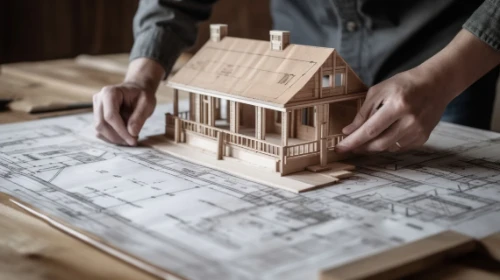
Deciphering Client’s Needs
The first, and perhaps most important, step in plumbing for custom homes revolves around gaining a comprehensive understanding of the client’s requirements and preferences. Detailed discussions will be needed, which will help you ascertain the specific needs, including the number of bathrooms, desired kitchen placement, laundry room location, and the necessity for outdoor water access points like garden faucets or water outlets for patio cleaning. These requirements dictate the complexity of the plumbing system and thus should be well understood.
Crafting the Plumbing Blueprint
Once you have a clear understanding of the client’s requirements, the task of designing the plumbing layout commences. This critical step includes mapping out the route for pipes throughout the house, identifying suitable locations for the water heater and the placement of drain lines. It also involves pinpointing fixture and appliance locations, such as sinks, toilets, bathtubs, washing machines, dishwashers, and more. This blueprint will serve as the cornerstone of your plumbing installation project.
Material Selection
The plumbing system’s efficiency and longevity are highly dependent on the materials used. This step involves making informed decisions about the types of pipes (whether PVC, copper, or PEX), fixtures, and other vital components. Factors influencing these decisions could range from local building codes, the area’s water quality, durability needs, and the client’s budget.
Planning the Water Supply System
A critical task is to plan out the water supply system, which involves determining the location of the water meter and the main shut-off valve. These key elements should be easily accessible. Additionally, pathways for hot and cold water supply lines to each fixture in the house need to be planned, ensuring optimal water pressure and efficiency.
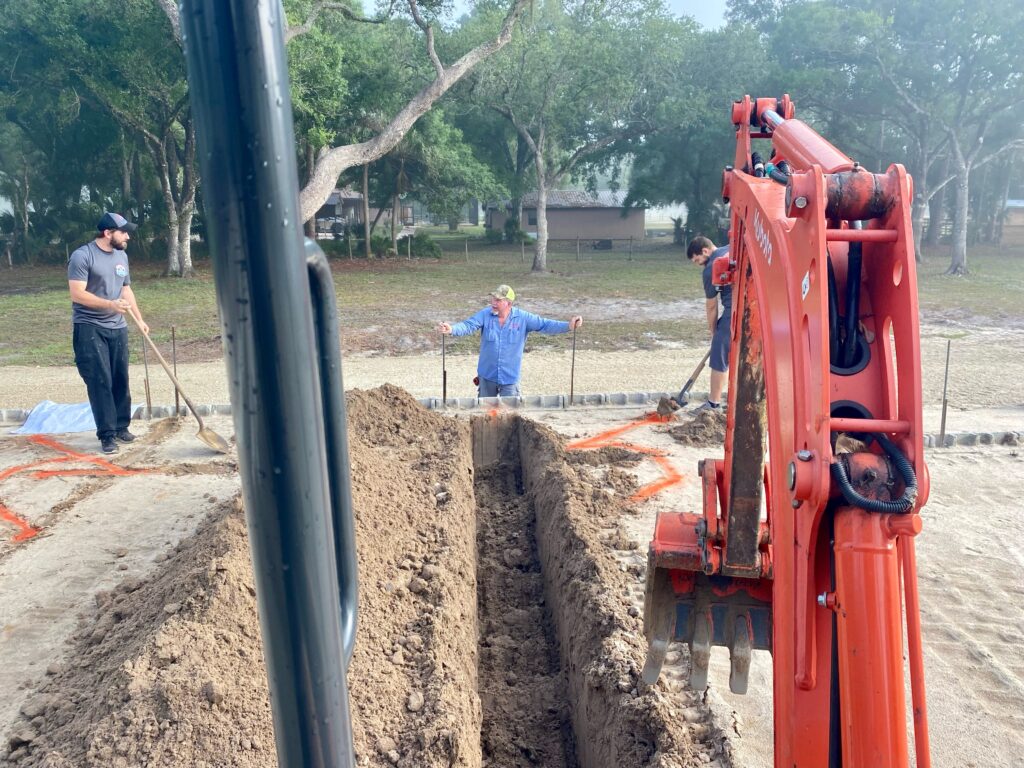
Designing the Drainage, Waste, and Vent System (DWV)
A crucial aspect of a functional home, the DWV system removes wastewater from the house and vents sewer gases safely. The design process involves mapping out drain paths from fixtures to the main sewer line or septic tank, with careful consideration for maintaining appropriate slopes. Similarly, vent pipes, which prevent water lock by equalizing pressure and venting gases, need to extend to the roof.
Choosing Water Heating Solutions
The decision on how to heat water for the home is another significant part of the process. This could involve the installation of a traditional tank water heater, an energy-efficient tankless water heater, or a solar water heater. This choice is influenced by the homeowner’s preferences, the geographic location, energy efficiency goals, and the home’s overall hot water demand.
Anticipating Future Needs
A forward-thinking approach involves planning for potential future plumbing needs. This could include stubbing out pipes for a future bathroom or kitchen addition, pre-installing pipes for a potential outdoor kitchen, pool, or even a sprinkler system. Planning for such future enhancements can save significant time and money later on.
Estimating Plumbing Costs
Following the completion of the planning process, the next step is to prepare a cost estimate for the entire plumbing project. This estimate should encompass the cost of all selected materials, labor, any permits required, and a buffer for unforeseen circumstances or adjustments needed during the installation process.
Securing Permits and Approvals
With the finalized plumbing plan and cost estimate in hand, the focus shifts towards obtaining the necessary permits and approvals from local authorities. This usually involves a review of the plan by a city or county official to ensure all proposed work aligns with local codes and regulations.
Engaging a Professional Plumber
The final step is engaging a qualified, experienced plumber or a reliable plumbing firm. Their role is paramount in ensuring that the plumbing system is installed correctly, efficiently, and in line with all local code requirements. They bring in the expertise to tackle unforeseen circumstances and ensure a high standard of work.
This step-by-step guide provides a comprehensive look at the complexity and depth of planning required for custom home plumbing. Keep in mind that these steps may vary depending on the client’s specific needs, the local building codes, the nature of the construction site, and the type of soil. Additionally, collaboration with other professionals involved in building the custom home, such as architects and builders, is crucial for ensuring the seamless integration of the plumbing plan with the overall home design and construction.
